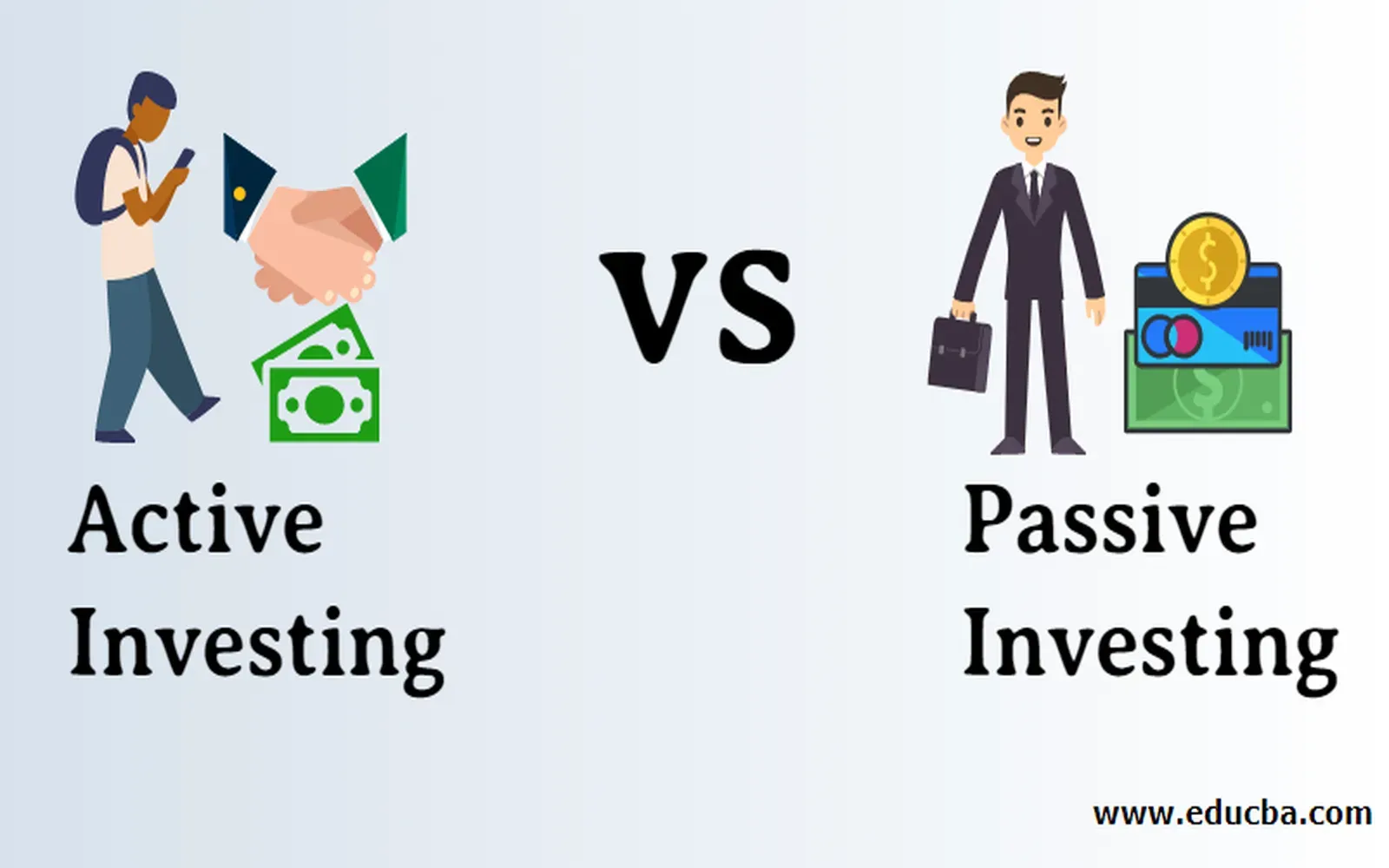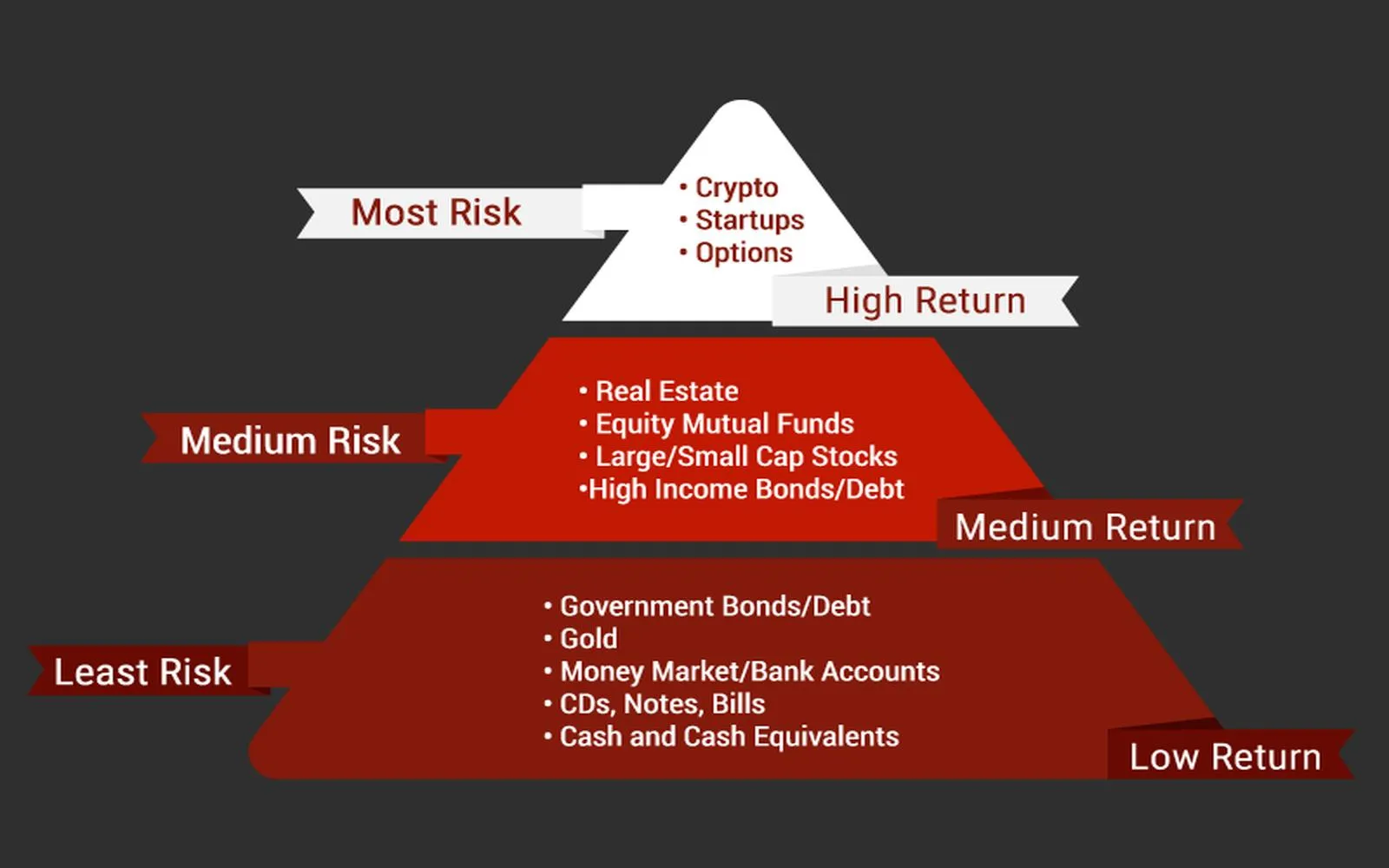
Investing can often seem daunting, especially for beginners. However, passive investment strategies offer a way to grow wealth without the constant need for active trading. In this guide, we'll explore the fundamentals of passive investment, its advantages, and how to get started on your journey toward financial growth.
What is Passive Investment?
Passive investment refers to a strategy where investors buy and hold assets for an extended period, rather than frequently buying and selling them. The goal is to benefit from long-term market growth. This approach typically involves investing in broad market indexes or funds that track specific sectors, making it a hands-off strategy.
Benefits of Passive Investment
There are several advantages to adopting a passive investment strategy:
- Lower Costs: Since passive investment involves minimal trading activity, it incurs lower transaction fees and management costs.
- Reduced Stress: With less active trading, investors experience less market-related anxiety, allowing for a more relaxed investment approach.
- Consistent Returns: Historically, passive investment strategies have outperformed many actively managed funds over the long term, thanks to their ability to capture overall market growth.
- Time-Saving: Passive investors do not need to spend hours analyzing stocks or market trends, freeing up time for other pursuits.
Key Components of Passive Investment
To effectively embrace passive investment, it's important to understand its key components:
- Index Funds: These are mutual funds or exchange-traded funds (ETFs) designed to replicate the performance of a specific index, such as the S&P 500.
- Asset Allocation: A well-diversified portfolio across different asset classes (stocks, bonds, and real estate) minimizes risk.
- Rebalancing: Periodically adjusting your portfolio to maintain your desired asset allocation is crucial for optimal performance.
How to Start with Passive Investment
Getting started with passive investment is easier than you might think. Follow these steps to begin building your wealth:
1. Set Clear Financial Goals
Before you invest, define your financial objectives. Are you saving for retirement, a house, or your child's education? Knowing your goals will help you choose the right investment strategy.
2. Choose the Right Investment Account
Consider opening a tax-advantaged account like an IRA or 401(k), which allows your investments to grow tax-free or tax-deferred. Alternatively, a taxable brokerage account can also be a suitable option for more flexible investing.
3. Research Index Funds and ETFs
Look for index funds or ETFs that align with your investment goals. Focus on funds that have low expense ratios, as high fees can eat into your returns over time. Compare performance, management style, and the underlying index they track.
4. Diversify Your Portfolio
Diversification is key in passive investment. Consider assets across different sectors and geographic regions to spread risk. A well-diversified portfolio can help mitigate losses in downturns and capture growth in various areas.
5. Stick to Your Plan
One of the most critical aspects of passive investment is discipline. Markets will fluctuate, and it’s essential to stick to your investment plan rather than react emotionally to market movements. Regularly review your portfolio but avoid making impulsive decisions.
Common Myths about Passive Investment
There are several misconceptions about passive investment that can deter beginners:
- It’s Only for Lazy Investors: Passive investment requires research and strategy. It's about being smart with your money, not inactive.
- You Can’t Beat the Market: While passive investors aim to match market returns, studies have shown that many active managers fail to outperform their benchmarks consistently.
- It’s Safe from Losses: All investments carry risk. While passive investment can reduce volatility, it does not eliminate the risk of market downturns.
Conclusion
Passive investment is a viable option for anyone looking to grow their wealth without the stress of active trading. By focusing on long-term goals, utilizing low-cost index funds, and maintaining a disciplined approach, you can build a robust portfolio that stands the test of time. Start your passive investment journey today and watch your wealth grow steadily over the years.
By understanding these principles and committing to a passive investment strategy, you can take control of your financial future with confidence.









